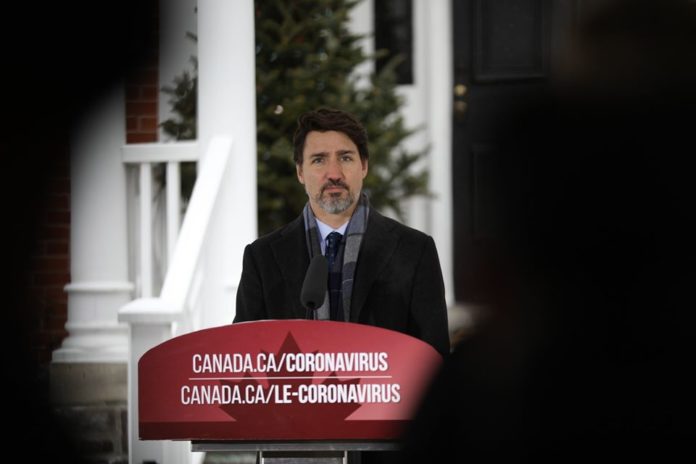In the last few weeks, Indigenous communities have been facing an alarming rise in the number of new and active COVID-19 cases.
In the last month alone, Indigenous Services Canada (ISC) was made aware of over 200 new cases in First Nations communities. In the same timeframe, the number of active cases went from 23 to 129 cases. Last week, 68 new cases were reported. This surpasses the previous high of 57 new cases reported during the week of April 19-25. This recent increase in cases has been linked to private gatherings, as well as exposure to positive cases from outside of communities.
As of October 1, ISC is reporting First Nation COVID-19 stats as: 689 confirmed positive cases of COVID-19, 58 hospitalizations, 111 active cases, 566 recovered cases and 12 deaths.
There are a total of 21 confirmed positive cases in Nunavik, Quebec, and all but 3 have recovered.
“Since the beginning of the pandemic, everyone has come together, made sacrifices, and done their part to help limit the spread of the virus. After many months of staying home, some may be experiencing pandemic fatigue. This can result in less vigilance when it comes to important practices, like limiting non-essential trips or maintaining physical distancing from those outside our social bubble. While these changes are hard, we must continue to be careful and listen to the advice of our public health experts. We cannot stop until we are all safe. We must remain vigilant. The threat of this virus is not yet behind us,” the release from Indigenous Services Canada said.
They recommend everyone familiarize themselves with the recommended public health guidelines outlined by their province or territory of residence, and/or by their community Leadership.
“It is important to underscore that COVID 19 can take up to 14 days after exposure to the virus for symptoms to appear. During this time, the virus can easily spread to others. This means that decisions made today affect families, friends and communities for weeks to come,” the release said.
Because of these growing numbers, preventative measures that help stop the spread are of upmost importance.
First, limit your physical contact with others. A good rule of thumb is to limit your social circle to your household members and any essential supports, like childcare help. Every person that we come into contact with increases the chances of transmission. All efforts to reduce encounters with others make a difference. Remember to not to let your guard down when in public, even if you see someone you know.
“Additionally, it’s critical to consistently wear a mask or face covering properly when in public or around those at risk, especially when it is hard to maintain a physical distance. Without knowing, anyone can spread COVID-19 by coughing or sneezing, talking, hugging, or even singing. When you wear a mask that covers your mouth and nose, you’re helping to protect yourself and those around you.”
As the weather gets colder, we are going to begin facing colds and the seasonal flu. It can be difficult to distinguish between the symptoms of a cold, influenza, and COVID-19. However, the preventative measures taken to prevent the spread of COVID-19 are also effective at limiting the spread of influenza. The annual flu vaccine is the most effective way to prevent the flu and flu-related complications.
The trend in new cases of COVID-19 we are seeing in Indigenous communities is similar to the one seen in the general population and everyone is urged to help change the trend by making wise decisions, and following recommended public health measures.


